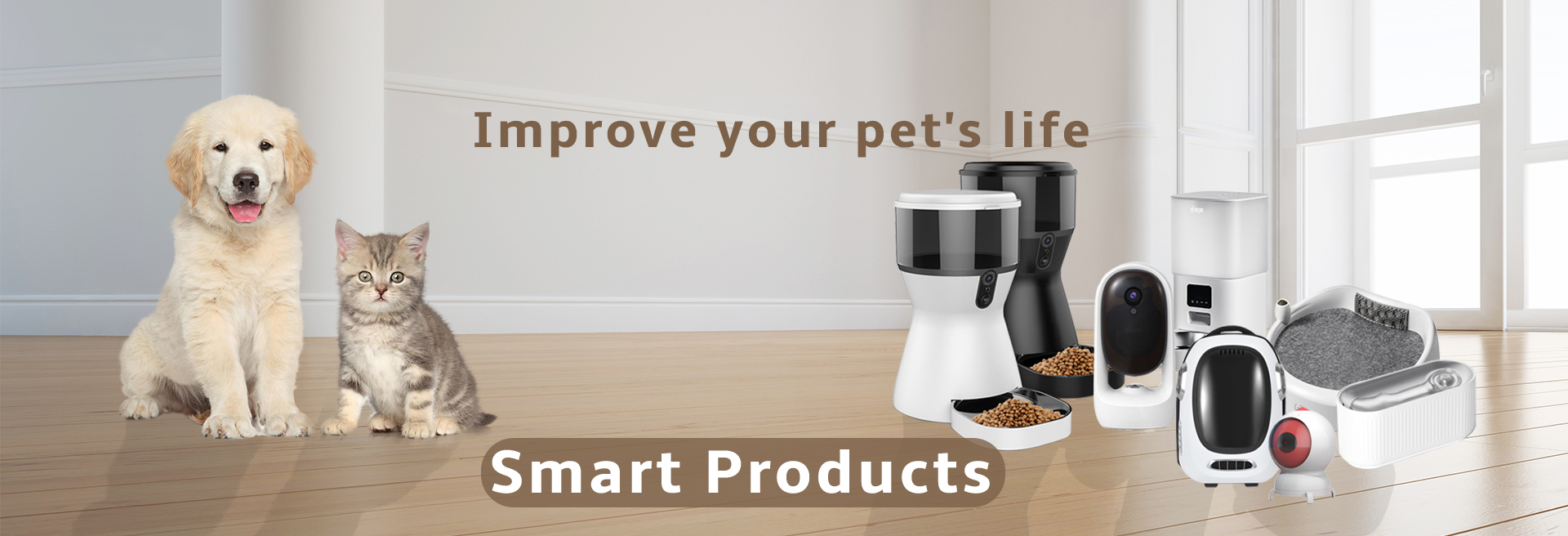What is the Purchase Price of the Latest Self-Made Cat Climbing Frame?
I. Introduction
In recent years, cat climbing frames have surged in popularity among pet owners. These structures not only provide a fun and engaging environment for our feline friends but also serve as a vital tool for their physical and mental well-being. As more cat owners seek to create enriching spaces for their pets, the interest in self-made cat climbing frames has grown. Understanding the costs associated with these DIY projects is essential for anyone considering this option. This article aims to inform readers about the purchase price of self-made cat climbing frames, exploring the materials, designs, and factors that influence the overall cost.
II. Understanding Cat Climbing Frames
A. Definition and Purpose of Cat Climbing Frames
Cat climbing frames, also known as cat trees or cat condos, are multi-level structures designed for cats to climb, scratch, and play. They often include various platforms, scratching posts, and hiding spots, catering to a cat's natural instincts to climb and explore.
B. Benefits of Having a Climbing Frame for Cats
1. **Physical Exercise**: Climbing frames encourage cats to engage in physical activity, helping to maintain a healthy weight and prevent obesity.
2. **Mental Stimulation**: These structures provide an environment for exploration and play, keeping cats mentally stimulated and reducing boredom.
3. **Stress Relief**: A climbing frame can serve as a safe haven for cats, offering them a place to retreat and relax, which can help alleviate stress and anxiety.
C. Types of Cat Climbing Frames Available in the Market
The market offers a wide variety of cat climbing frames, ranging from simple, single-level designs to elaborate, multi-level structures with integrated toys and scratching posts. Some are designed to blend seamlessly with home decor, while others are more functional and utilitarian.
III. The DIY Approach to Cat Climbing Frames
A. Reasons for Choosing a Self-Made Option
1. **Customization**: A self-made climbing frame allows pet owners to tailor the design to their cat's specific needs and preferences, ensuring a perfect fit for their home.
2. **Cost-Effectiveness**: Building a climbing frame can often be more affordable than purchasing a pre-made option, especially for those who already have some materials on hand.
3. **Quality Control**: DIY projects enable owners to select high-quality materials and construction methods, ensuring a durable and safe environment for their pets.
B. Basic Materials Needed for a Self-Made Cat Climbing Frame
1. **Wood**: Plywood, solid wood, or MDF (medium-density fiberboard) are common choices for the frame's structure.
2. **Fabric**: Upholstery fabric or carpet can be used to cover platforms and provide a comfortable surface for cats.
3. **Tools and Hardware**: Basic tools such as a saw, drill, screws, and brackets are necessary for assembly.
C. Estimated Costs of Materials
The cost of materials can vary significantly based on the quality and type chosen. On average, the total cost for materials can range from $50 to $200, depending on the complexity of the design and the quality of the materials used.
IV. Factors Influencing the Purchase Price of Self-Made Cat Climbing Frames
A. Size and Complexity of the Design
1. **Simple vs. Elaborate Structures**: A basic, single-level climbing frame may cost less than $50 to build, while a more complex, multi-level design could exceed $200.
2. **Multi-Level Designs**: The more levels and features included, the higher the cost of materials and construction time.
B. Quality of Materials Used
1. **Types of Wood**: The choice between plywood, solid wood, or cheaper alternatives can significantly impact the overall cost. Solid wood is more durable but also more expensive.
2. **Upholstery and Finishing Materials**: High-quality fabric and finishing materials will increase the cost but can enhance the aesthetic appeal and durability of the climbing frame.
C. Additional Features
1. **Scratching Posts**: Adding scratching posts can increase the cost but is essential for satisfying a cat's natural scratching instincts.
2. **Hammocks and Perches**: These features add comfort and playability but also contribute to the overall expense.
3. **Interactive Elements**: Incorporating toys, tunnels, or other interactive features can enhance the climbing frame's appeal but will also raise the price.
V. Cost Breakdown of a Self-Made Cat Climbing Frame
A. Average Cost of Materials
1. **Wood and Structural Components**: Depending on the size and type of wood, costs can range from $30 to $150.
2. **Fabric and Upholstery**: Quality fabric can cost between $10 and $50, depending on the amount needed and the type chosen.
3. **Tools and Hardware**: If you need to purchase tools, this could add an additional $20 to $100, but many DIY enthusiasts may already have these on hand.
B. Labor Costs (if applicable)
1. **Time Investment for DIY Enthusiasts**: The time spent building the climbing frame can vary from a few hours to a couple of days, depending on the complexity of the design.
2. **Hiring a Professional (if needed)**: If you choose to hire someone to build the frame, labor costs can add significantly to the total price, potentially ranging from $50 to $200 or more.
C. Comparison with Pre-Made Options
Pre-made cat climbing frames can range from $50 for basic models to over $500 for high-end, elaborate designs. While DIY options can be more cost-effective, they also offer the advantage of customization and quality control.
VI. Case Studies: Examples of Self-Made Cat Climbing Frames
A. Simple Designs and Their Costs
A basic single-level cat climbing frame made from plywood and carpet can be constructed for around $50. This design typically includes a platform and a scratching post, providing essential features for a cat.
B. Intermediate Designs and Their Costs
An intermediate design with multiple levels, a hammock, and additional scratching posts may cost around $100 to $150. This design offers more play and exploration opportunities for cats.
C. Advanced Designs and Their Costs
Advanced designs featuring multiple levels, interactive elements, and high-quality materials can range from $200 to $400. These structures provide a comprehensive play environment for cats and can be tailored to fit specific spaces.
D. User Experiences and Satisfaction Levels
Many cat owners who have built their climbing frames report high satisfaction levels, noting that their cats enjoy the custom features and that the frames fit well within their homes. User feedback often highlights the benefits of customization and the joy of watching their pets engage with the structures.
VII. Conclusion
In summary, the purchase price of self-made cat climbing frames can vary widely based on design complexity, material quality, and additional features. DIY options offer a cost-effective and customizable alternative to pre-made structures, allowing cat owners to create a unique environment for their pets. Investing time and resources into a climbing frame can significantly enhance a cat's quality of life, providing them with the physical exercise and mental stimulation they need. For cat owners considering a DIY project, the benefits of a self-made climbing frame are well worth the effort.
VIII. Additional Resources
For those interested in creating their own cat climbing frame, numerous resources are available:
DIY Tutorials and Plans: Websites like Pinterest and YouTube offer a wealth of tutorials and design ideas.
Recommended Suppliers for Materials: Local hardware stores and online retailers like Home Depot or Lowe's provide a variety of materials needed for construction.
Community Forums: Online forums and social media groups dedicated to pet owners can be excellent places to share designs, experiences, and tips for building cat climbing frames.
By exploring these resources, cat owners can embark on a rewarding DIY project that benefits both them and their feline companions.













